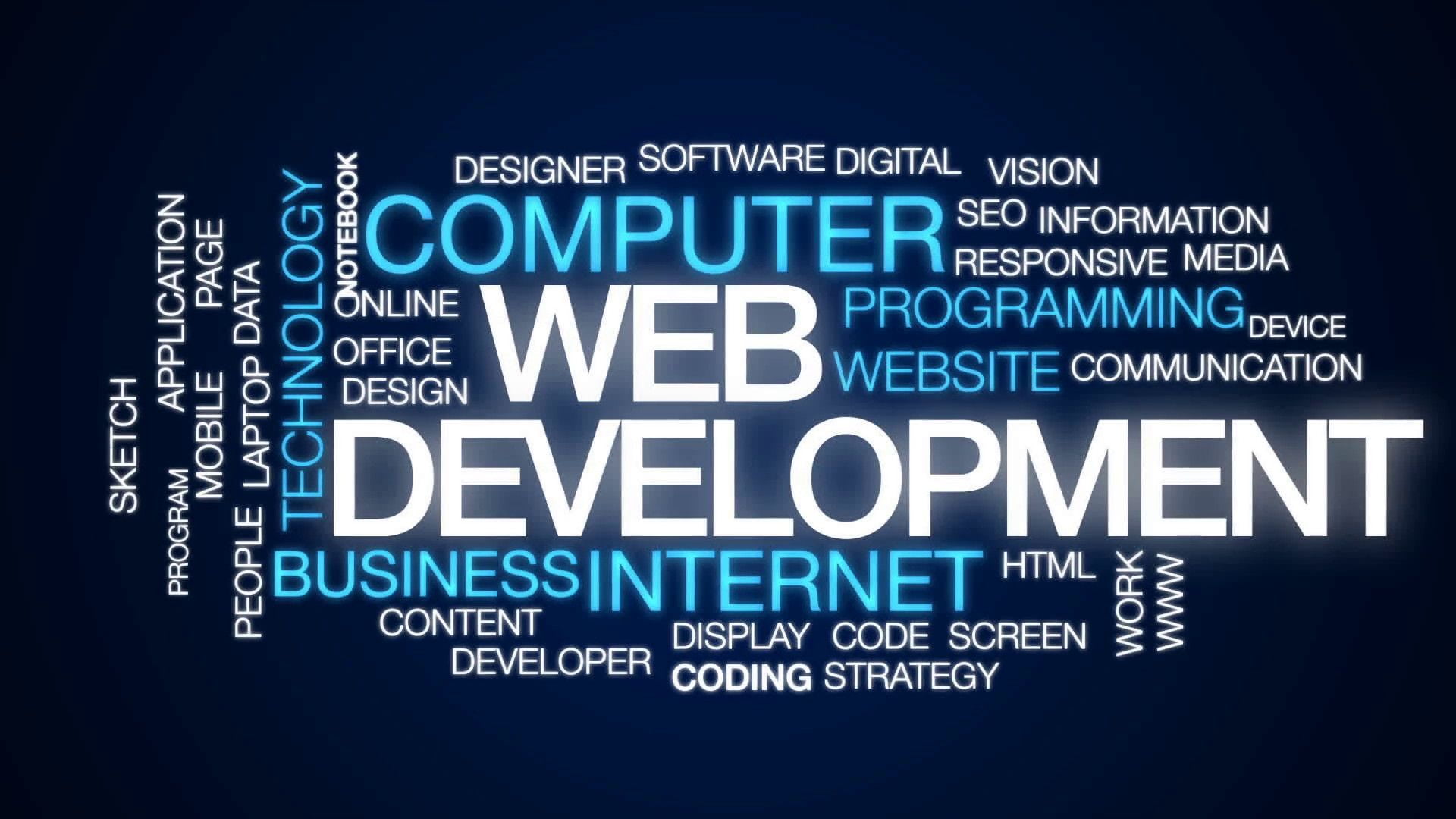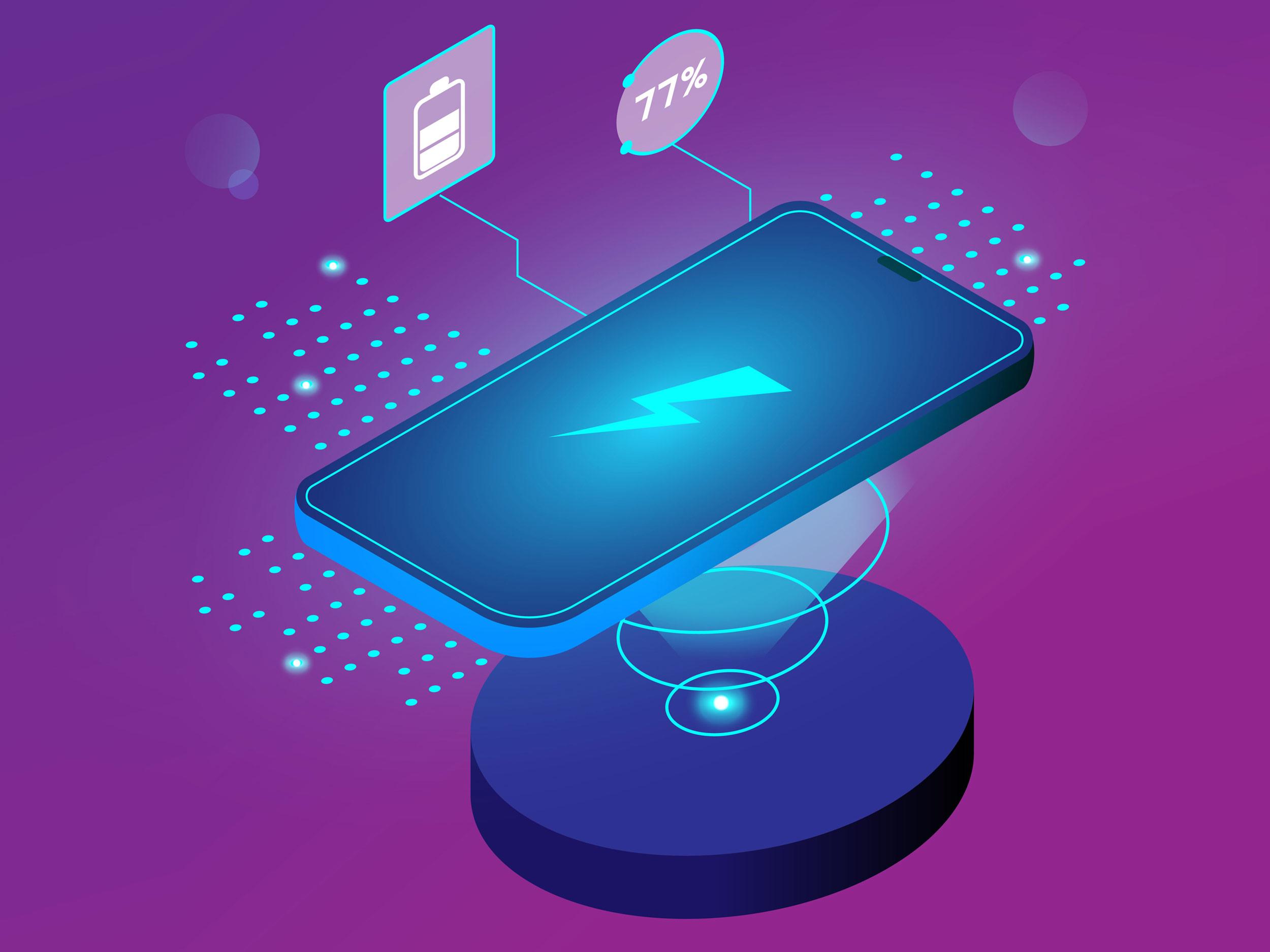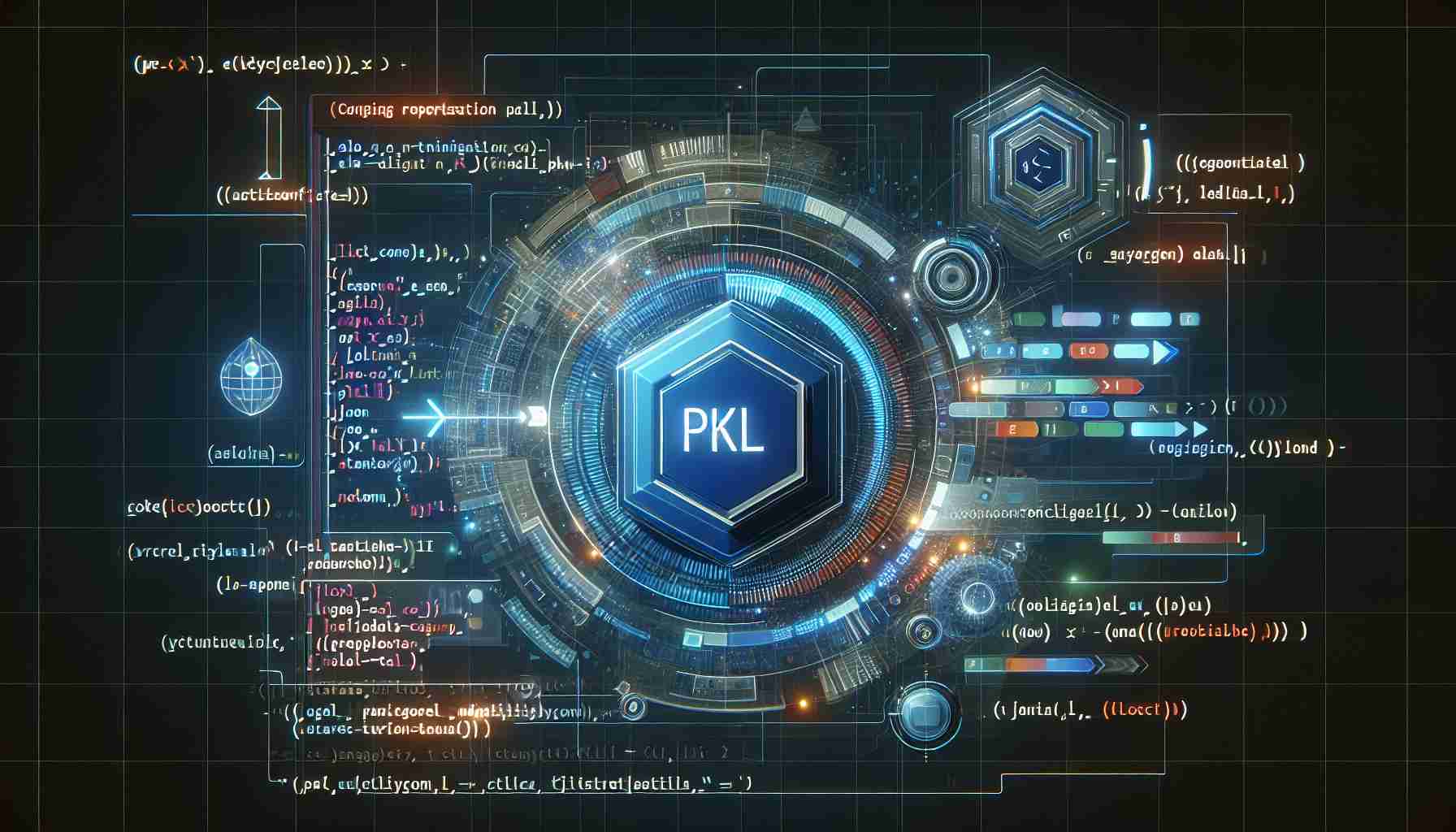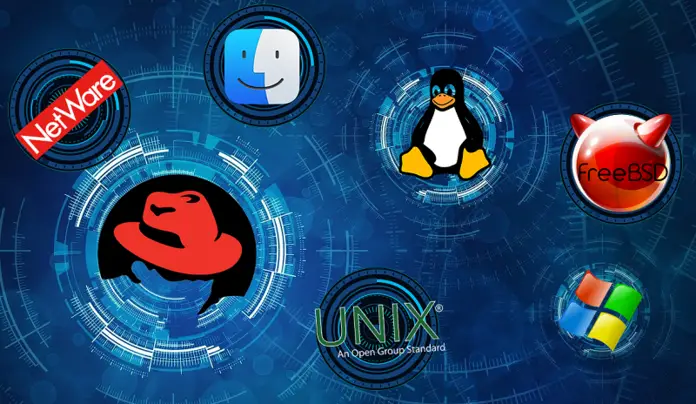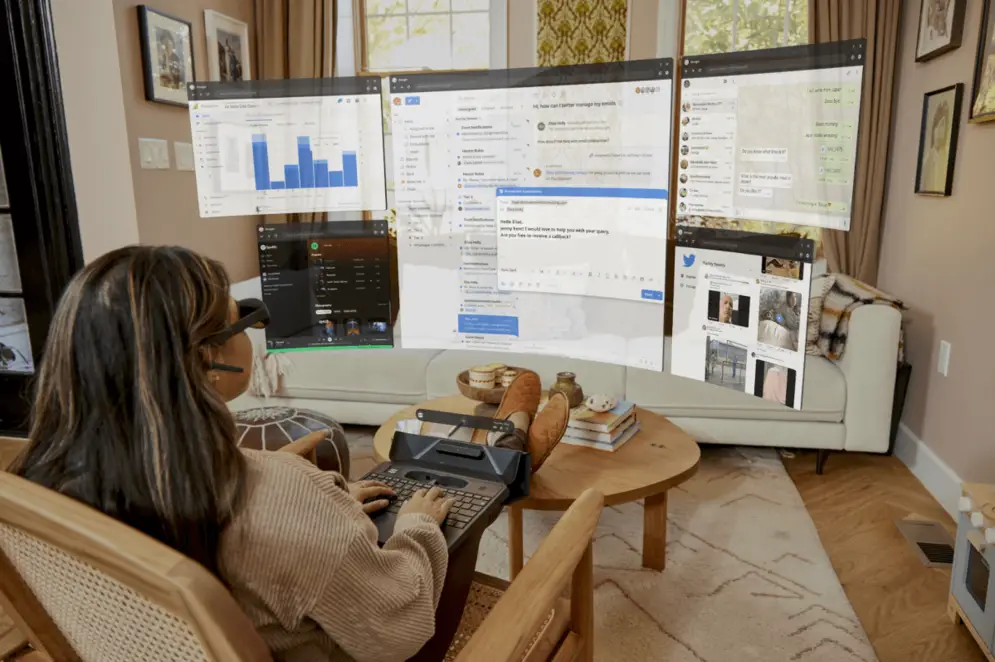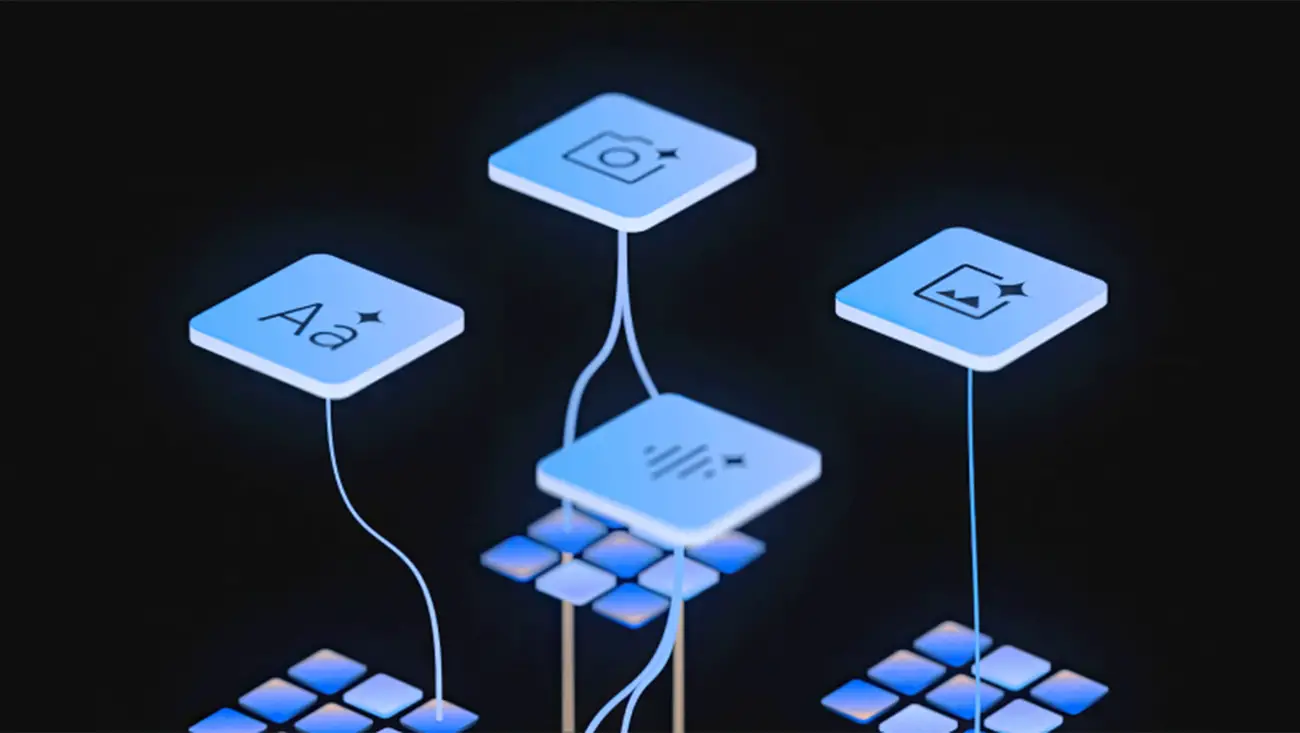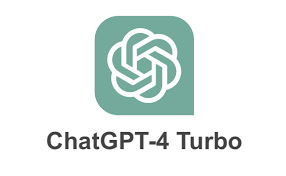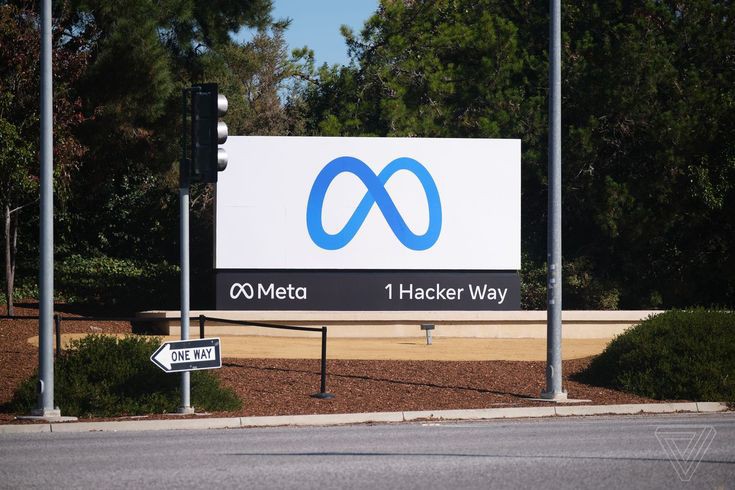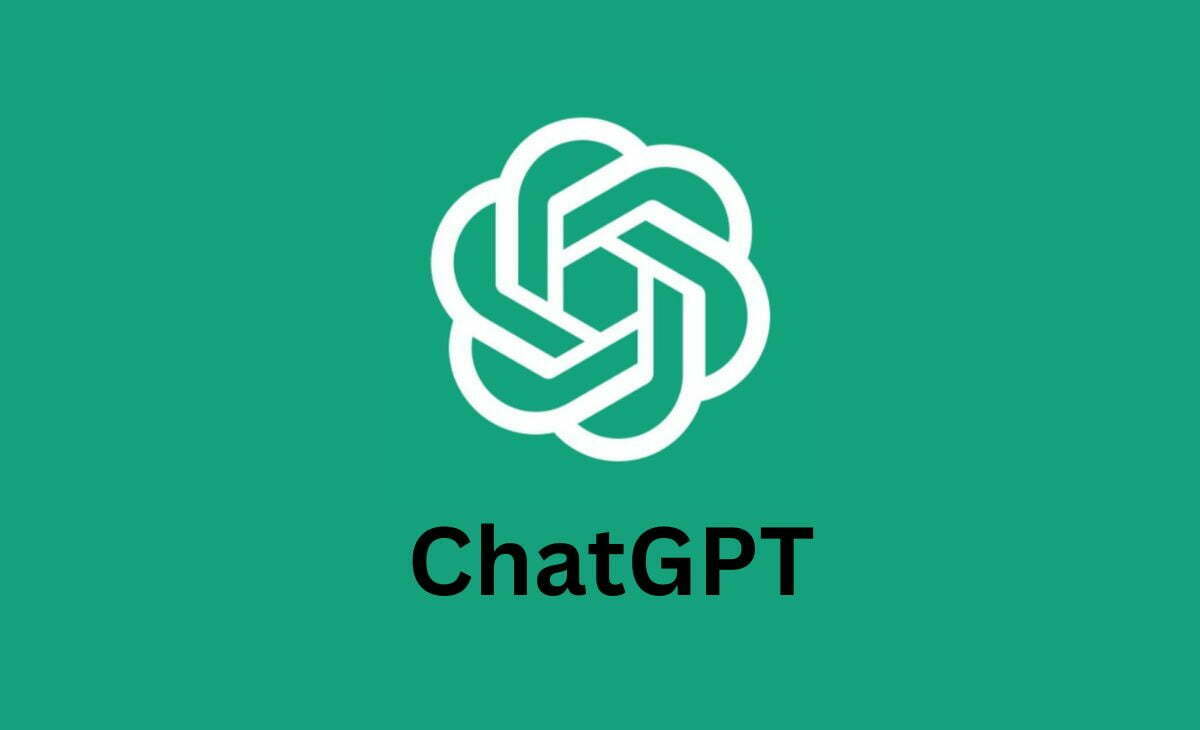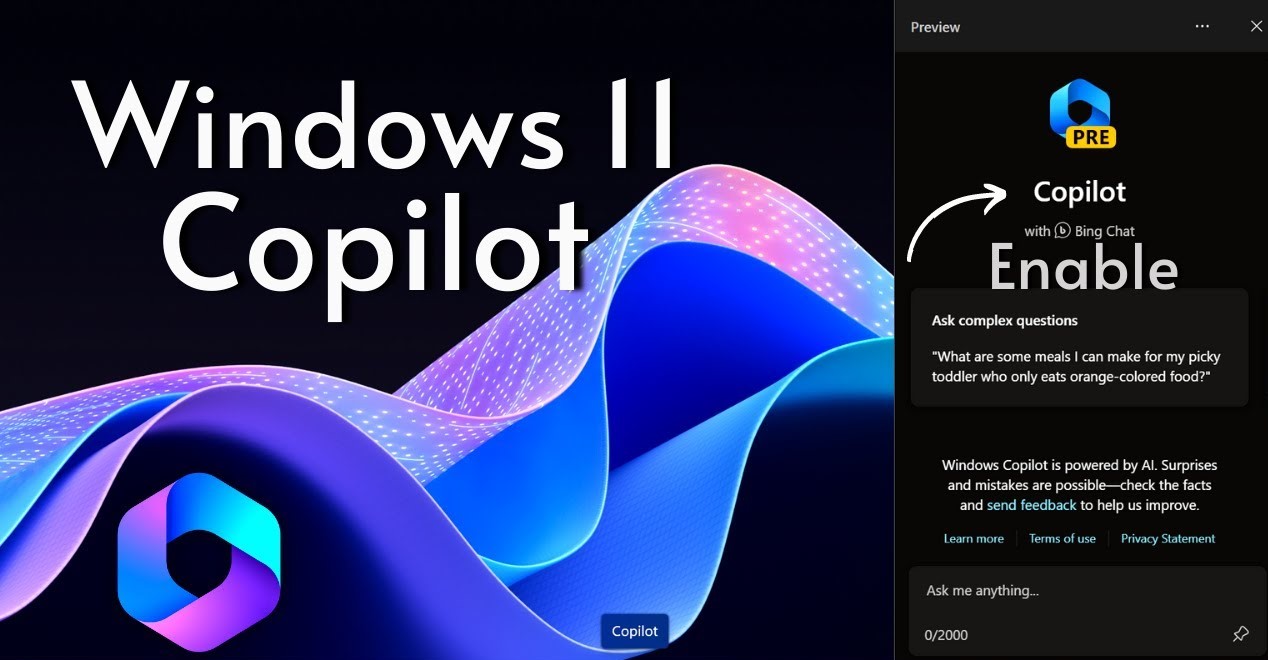Mastering the Game: A Comprehensive Roadmap for Aspiring Game Developers in 2024
By Vinius M Muthii | November 27, 2023
Billions of people enjoy gaming as one of the most exciting aspects of life. Gaming has several benefits such as mind simulation relaxation but may also lead to addiction and even laziness. Nevertheless, video gaming is increasingly popular leaving more space and opportunities for other programmers who have not yet taken advantage of it.
We reveal the way forward for the game developer in 2024. Stay tuned till the last for this revolutionary trip.
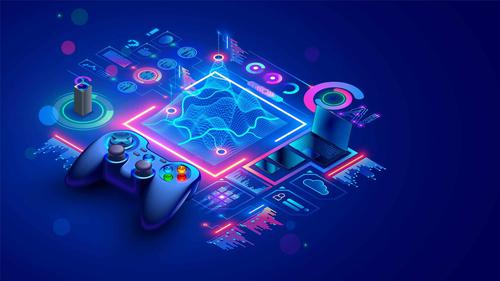
What is Game Development?
Generally speaking, game development refers to the creation of video games. A very wide area comprising of coding, art design and project management. It has a high learning curve; this is the reason why many people have never utilized this area. Nonetheless, it is a fascinating topic that is becoming more popular due to virtual reality. Let's explore what one should learn to become a masterpiece in this field:
1. Mastery in a Programming Language, Mathematics and Physics.
Coding is the first prospect in game development. The leading programming languages in this field include C++, Python and C languages. Each programming language has it's own modules facilitating creation of games. Prior familiarity with a programming language should be considered when choosing the right programming language to use in this field.
The majority of games in the last century used C++, a flexible language that generates strong games. Lately, Python replaced C++ as the most widespread one of the languages for making today’s games. There are many modules with potential benefits such as prototyping and diverse types of games that you can create.
Creating realistic game mechanics and graphics requires a prior understanding of mathematics. Vectors, matrices and trigonometry are important concepts that are used in game development. On the contrary, physics is instrumental in ensuring believable motions and actions within computer games. Such principles as collision detection, gravity and momentum make the game just realistic.
2. Introduction to Game Engines
Development environments for video games known as game engines use various parameters and settings to facilitate the development process. These are important tools on which people rely as they work towards implementing a new game without necessarily building everything from scratch. Popular game engines include Godot, Unity , GameMaker, Pygame, and Defold among more than that.
A gaming engine selected has a lot to do with what is achieved at last, the performance or quality of the game. In making a choice like this, you should very seriously consider such prospects as ease of use, community support, cross-platform compatibility, etc. It is a better option since it has a great community supporting and many tutorial outlets about it. However, pygame should be preferred by people using Python in development because it is the best choice. It offers user-friendly operation for simple sound control, graphical capabilities and input handling which makes it good for newbies. As one begins learning, initially 2D games are recommended as they progress in learning more and progressing to 3D which is more engaging and complex.
3. Graphics and Animation
The following step is crucial as it gives life to the game, using pictures and animation that make the game interesting. Major elements of graphics are renderer and shader.
In most cases, rendering entails changing three dimensional information into two dimensional drawings appropriate for screen viewing. It comprises various stages such as geometry processing and other components for developing 2D output from 3D input.
On the other hand, shaders are smaller programs, which render graphics. Lastly, it determines the end-pixel colour factoring for illumination and texture. They should be mastered because they help in creating engrossing game play, and quality product.
4. Networking and Multiplayer
The essence of multiplayer in games is that it allows develops to understand that when playing, people want to socialize while doing that together at the same time. When it comes to the developer’s point of view, such factor should be taken into consideration for users when choosing their desired game.
This element requires being incorporated with the game and hence, learning networking libraries and APIs is essential. To this effect, common library such as ‘socket’ and ‘Twisted’, enable networking within the system. In other words, in some scenarios, it involves synchronization that makes multiplayers possible with several possibilities in this technology.
It also involves knowledge of some protocols like the User Datagram Protocol for the sake of instantaneous conversation while playing. The other major technologies in this field include client-server and peer-to-peer.
5. User Interface(UI) and User Experience(UX)
User interface is the primary mechanism that facilitates interactions between players and games. UI design opportunities such as buttons, scrolls, pop-ups or others play important part in the player’s engagement and total playing experience. UI consistency is also necessary for clarity in communication as well as a unified visual experience to the players. Therefore, great mastery in UI is of highest priority if the game is supposed to be good for its players.
The proper usage of UI allows for good user experience that pulls players even further within immersive game environments. Haptic Feedback, visual and auditory feedback are some of the many prospects used to improve the gaming experience. Such are minor elements that make your game unique, leading players to addiction of your environment.
Ultimately, the pathway to game development presents a thrilling adventure with obstacles and imaginative potentials. The roadmap acts as a compass, helping programmers navigate the various territory of skills and knowledge.
Sign up for our newsletter and keep in touch with us via social media and gain more information.
Never miss Technological Updates
Subscribe to our Newsletter
Join our Community
Follow us on social media to stay connected and engage with our vibrant tech community:
